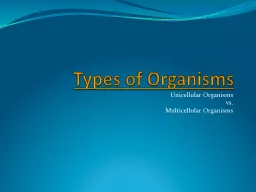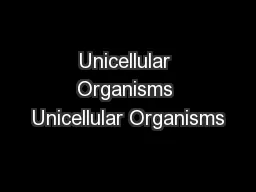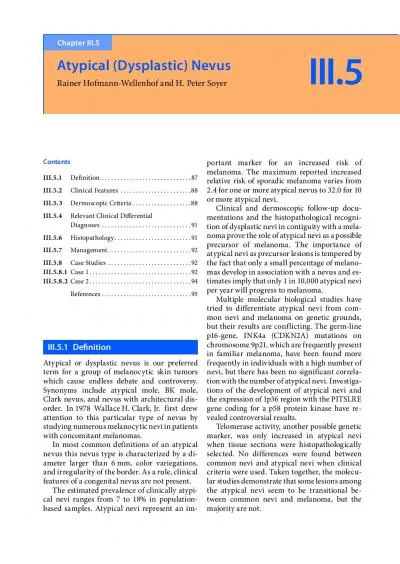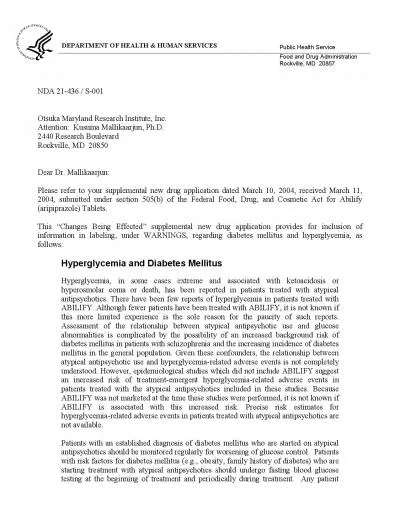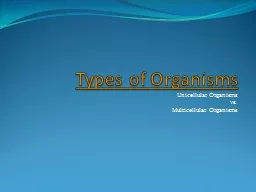PPT-Atypical Bacteria Bacterial Taxonomy: How are these unicellular organisms classified?
Author : hanah | Published Date : 2022-06-15
complex system of classification based on shape amp size oxygen pH and temperature requirements laboratory characteristics biochemical analyses serology tests nucleic
Presentation Embed Code
Download Presentation
Download Presentation The PPT/PDF document "Atypical Bacteria Bacterial Taxonomy: H..." is the property of its rightful owner. Permission is granted to download and print the materials on this website for personal, non-commercial use only, and to display it on your personal computer provided you do not modify the materials and that you retain all copyright notices contained in the materials. By downloading content from our website, you accept the terms of this agreement.
Atypical Bacteria Bacterial Taxonomy: How are these unicellular organisms classified?: Transcript
Download Rules Of Document
"Atypical Bacteria Bacterial Taxonomy: How are these unicellular organisms classified?"The content belongs to its owner. You may download and print it for personal use, without modification, and keep all copyright notices. By downloading, you agree to these terms.
Related Documents




